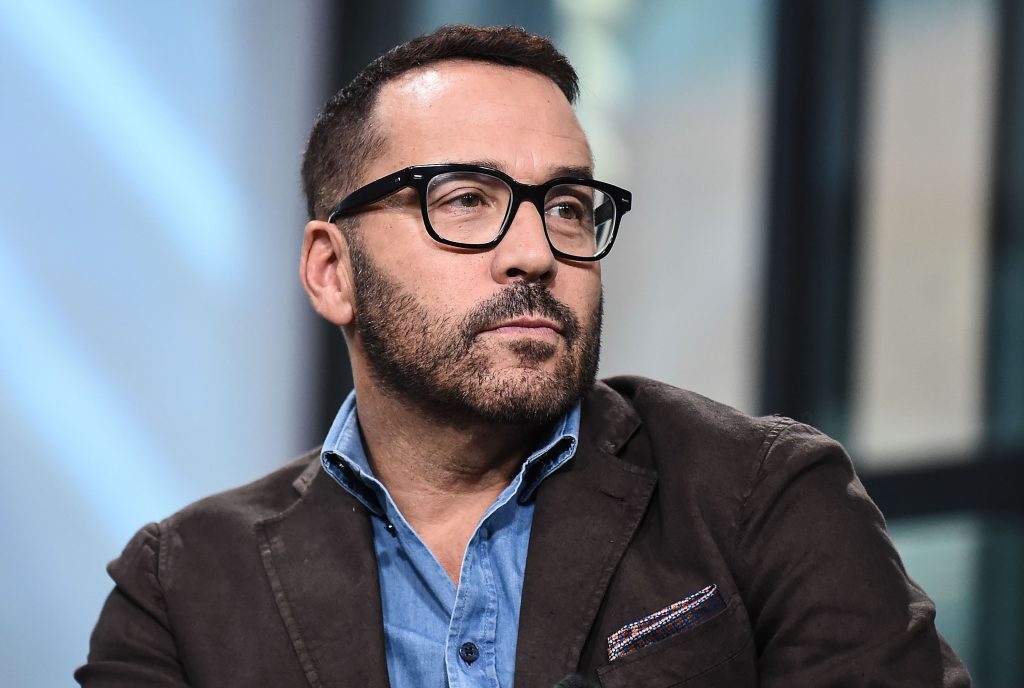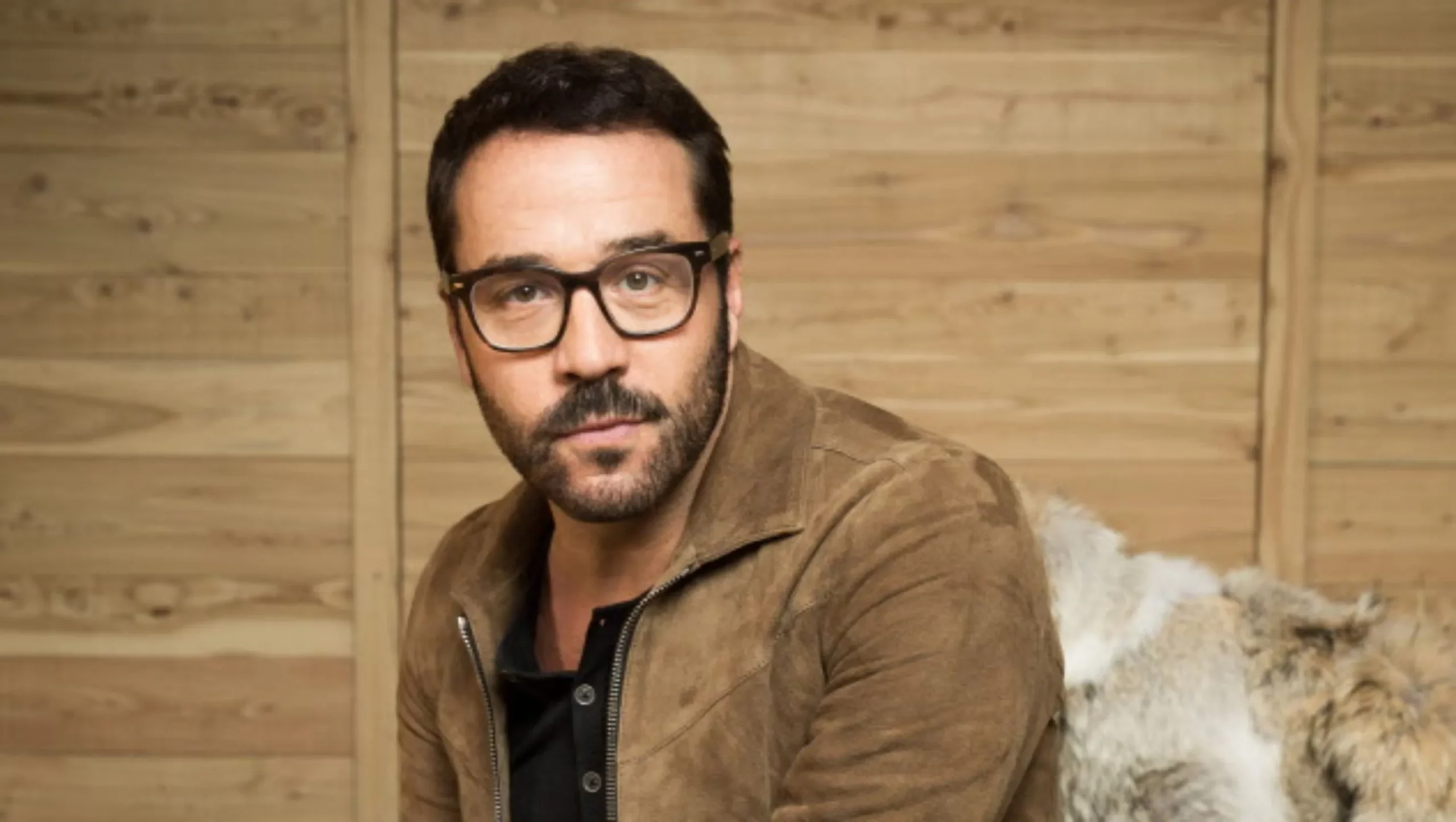Celebrities with hair transplants have been a subject of fascination for many, with several high-profile individuals opting for this procedure to restore their youthful hairlines. From Donald Trump to Michael Douglas, these stars have successfully undergone hair transplant surgery, becoming the epitome of head-turning transformations. One such celebrity who left fans amazed by his new luscious locks is Jeremy Piven, renowned for portraying the charismatic Ari Gold in the hit TV series “Entourage.”
In this article, we will delve into Jeremy Piven’s hair transplant journey, exploring the procedure, the remarkable results, and the recovery process. From the reasons behind his decision to undergo the transplant to the intricacies of the surgical procedure itself, we will uncover the steps taken to rejuvenate Piven’s once-balding head. Additionally, we’ll discuss the impressive results and how they have enhanced Piven’s appearance.
Moreover, we will shed light on the recovery period, as hair transplant procedures require patience and care to ensure optimal healing and hair growth. Whether you’re curious about hair transplant surgery, intrigued by Jeremy Piven’s transformation, or simply interested in celebrity hair transplants, this article will provide an in-depth exploration of the procedure, the results, and the recovery journey.
Why is a Hair Transplant Procedure Necessary?
Hair transplant procedures have become increasingly popular in recent years and for good reason. This cosmetic surgery is designed to address the issue of hair loss, which can have a significant impact on a person’s self-esteem and overall appearance. Hair loss is a common concern for both men and women, and it can occur due to various factors such as genetics, hormonal changes, and medical conditions.
The necessity of a hair transplant procedure lies in the desire to restore a full and youthful head of hair. Whether it is a receding hairline, thinning hair, or bald patches, these issues can take a toll on one’s confidence and self-image. A hair transplant offers a solution by utilizing advanced techniques to transplant healthy hair follicles from one part of the body to the balding areas.
For celebrities like Jeremy Piven, the need for a hair transplant procedure is even more crucial. With their public image and constant scrutiny, maintaining a youthful and attractive appearance is essential. A hair transplant allows them to regain their natural-looking hairline and boost their overall appearance.

Pros and Cons of Hair Transplants
Hair transplants have become increasingly common among individuals seeking a solution to hair loss. There are two main methods used in hair transplant procedures: follicular unit transplantation (FUT) and follicular unit extraction (FUE). Both methods have their pros and cons, which should be carefully considered before undergoing the procedure. FUT, or strip harvesting, allows for the transplantation of a large number of follicles in one session, making it suitable for patients with extensive hair loss. However, it does leave a linear scar at the donor site. On the other hand, FUE is a scarless procedure that offers a quicker recovery time but can only transplant a limited number of follicles at a time, making it less suitable for patients with extensive hair loss. Understanding the pros and cons of each method is crucial in determining the most appropriate hair transplant procedure for each individual.
Benefits of Hair Transplants
Hair transplants have become increasingly popular in recent years and for good reason. This procedure offers numerous benefits, allowing individuals to achieve a more youthful and natural look while gaining confidence and self-esteem.
One of the greatest advantages of hair transplants is the ability to try different hairstyles. With a fuller head of hair, individuals can experiment with new looks and styles that were previously impossible due to hair loss or thinning. This opens up a world of possibilities and allows individuals to express their style in a way they may not have been able to before.
Furthermore, the healing process after a hair transplant is relatively quick. Most individuals can expect to resume their regular activities within just a few days. This means minimal disruption to their daily routine, allowing them to get back to work, socialize, and enjoy life without lengthy downtime.
Another benefit of hair transplants is that the transplanted hair grows naturally. This means that individuals can style, cut, and maintain their new hair just like they would with their original hair. There is no need for special products or treatments, as the transplanted hair integrates seamlessly with the existing hair.
Risks Involved with Hair Transplants
Hair transplants are generally considered safe procedures, but like any surgical procedure, there are potential risks and complications involved. It is important for individuals considering a hair transplant to be fully aware of these risks and have a thorough understanding before making a decision.
One of the common risks associated with hair transplants is bleeding. During the procedure, small blood vessels are manipulated, which can lead to bleeding. While this is typically minimal and controlled by the surgeon, excessive bleeding can occur in rare cases.
Infection is another potential risk. Any surgical procedure carries a risk of infection, and hair transplants are no exception. The surgical sites can become infected, leading to pain, swelling, and drainage. Proper aftercare and following post-operative instructions can help minimize the risk of infection.
Scarring is also a possible side effect of hair transplants. Although surgeons take measures to minimize scarring, the nature of the procedure involves making small incisions in the scalp, which can leave behind small scars. For some individuals, these scars may be noticeable.
Nerve damage is a rare but potential risk associated with hair transplants. The surgery involves transplanting hair follicles, and in some cases, nerves in the scalp may be affected. This can result in temporary or permanent changes in sensation on the scalp.
Jeremy Piven had a Hair Transplant
Jeremy Piven, known for his role as Ari Gold in the TV series “Entourage,” has openly discussed his experience with hair loss and his choice to have a hair transplant. Hair transplants have gained popularity as a solution for hair loss, including among celebrities like Piven. The procedure involves moving hair follicles from one part of the body to areas with thinning or baldness. With advancements in technology and techniques, hair transplants have proven to be an effective and natural-looking solution for restoring hair growth.
Pre-operative Instructions for the Procedure
Before undergoing a hair transplant procedure like Jeremy Piven’s, there are important pre-operative instructions that patients need to follow. These instructions help ensure the success of the surgery and promote a smooth recovery process.
To prepare for hair transplant surgery, patients are advised to avoid certain medications, such as blood thinners or anti-inflammatory drugs, as they can increase the risk of bleeding. Alcohol and smoking should also be avoided leading up to the procedure, as they can hinder healing and negatively impact results.
Regarding the patient’s hair, it is necessary to wash the hair thoroughly the night before the surgery to remove any oils or debris. This helps create a clean and sterile environment for the procedure.
Dietary restrictions may also be advised. Patients might be instructed to avoid certain foods or supplements that could potentially interfere with the healing process or affect the results of the hair transplant.
By carefully following these pre-operative instructions, patients can enhance the outcome of their hair transplant surgery and minimize any potential complications. It is essential to consult with a qualified hair transplant specialist for specific instructions tailored to each individual’s needs.
The Actual Procedure Steps
The actual procedure steps of a hair transplant are an important aspect to understand for anyone considering this cosmetic procedure. The process typically involves the following steps:
1. Consultation: Before the procedure, patients meet with a hair transplant specialist to discuss their goals, medical history, and suitability for the surgery. During this consultation, the doctor will also assess the patient’s current hair condition and determine the number of hair follicles needed for the transplant.
2. Donor Hair Harvesting: Hair follicles for transplantation are typically taken from the patient’s scalp, usually from the back or sides where hair growth is more abundant. This area is known as the donor site. The doctor will use either follicular unit extraction (FUE) or follicular unit transplantation (FUT) techniques to remove individual hair follicles or a strip of scalp, respectively.
3. Preparation of the Recipient site: The recipient site refers to the area on the scalp where the hair follicles will be transplanted. The doctor will make small incisions or tiny holes in a predetermined pattern, considering the patient’s natural hairline and the desired density of hair.
4. Graft Placement: The harvested hair follicles are carefully inserted into the recipient site using specialized microsurgical tools. The doctor ensures precision and aesthetic orientation to achieve a natural-looking result.
5. Post-Procedure Care: After the hair transplant, the patient will receive instructions on how to care for the transplanted area to promote proper healing and minimize the risk of infection. This may include guidelines on washing the scalp, avoiding certain activities, and taking prescribed medications if necessary.
Post-operative Care and Recovery Processes
Following Jeremy Piven hair transplant procedure, post-operative care and recovery play a crucial role in achieving optimal results. Patients need to follow specific guidelines to ensure proper healing and minimize any potential complications.
After the surgery, it is essential to keep the transplanted area clean and free from infection. The patient will receive instructions on how to wash the scalp gently, using a mild shampoo, and avoiding any vigorous rubbing or scratching. It is crucial to follow these guidelines to promote healing.
Bandages and stitches will typically be removed within a week or two, depending on the individual’s healing process. During this time, it is important to avoid any activities that may strain the scalp, such as intense physical exertion or wearing tight-fitting headwear.
Within the first couple of weeks, patients may notice that the transplanted hair starts to fall out. This is a normal part of the healing process known as shock loss. However, this should not cause concern, as new hair growth should begin within a few months. The timeline for new hair growth varies from person to person, but most individuals start to see noticeable results within three to six months.
During the recovery period, patients can avail themselves of various resources and support. The Office of Recovery provides assistance and resources for those undergoing recovery processes. Additionally, SAMHSA’s Recovery Innovation Challenge offers innovative solutions and support for individuals on their recovery journey.
Having a recovery-oriented system of care is crucial in ensuring successful outcomes for individuals undergoing hair transplant procedures. This approach emphasizes support, education, and resources tailored to the individual’s specific needs, promoting long-term recovery and resilience.

Results & Outcome of the Procedure
After undergoing a hair transplant procedure, patients can expect to see significant results and positive outcomes. While individual experiences may vary, many individuals witness successful hair growth and a noticeable improvement in their hairline. The transplanted hair follicles are carefully placed to mimic the natural hair pattern, resulting in a more natural and full appearance. Although some temporary shedding of the transplanted hair may occur during the healing process, new growth typically begins within a few months. Most patients start seeing visible results within three to six months, with continued improvement over time. The outcome of a hair transplant is often long-lasting, providing individuals with renewed confidence and a more youthful appearance. With proper care and maintenance, the results can be maintained for a lifetime.
Immediate Results Following the Surgery
After undergoing a hair transplant surgery, individuals can expect to see some immediate results. While the full effects of the procedure may not be apparent right away, there are noticeable changes that occur shortly after the surgery.
Immediately following the surgery, patients may have bandages and stitches on their scalp to protect and secure the grafts. These bandages and stitches are typically removed after a few days or weeks, depending on the specific instructions from the surgeon.
In the days and weeks following the surgery, the transplanted hair may start to fall out. This is a normal part of the process known as shock loss. It can be disheartening to see the transplanted hair shedding, but it is essential to understand that this is temporary. The hair follicles remain intact under the surface, and new growth will soon replace the lost hair.
Around six months after the surgery, new hair should start to appear. This is when patients will begin to notice significant improvements in their hairline and overall density. It is important to note that the final results of a hair transplant are typically seen after a year to 18 months. During this time, the transplanted hair will continue to grow and blend in seamlessly with the existing hair.
Long-Term Outcomes from the Treatment
Long-term outcomes from the treatment of addiction can be highly positive and transformational. With the right interventions and support, individuals in recovery can experience significant improvements in their overall well-being and resume productive lives.
Research-based methods have been instrumental in guiding successful interventions for addiction treatment. These evidence-based approaches, such as cognitive-behavioral therapy, motivational interviewing, and medication-assisted treatment, have consistently shown effectiveness in helping individuals to stop using drugs and maintain abstinence over the long term.
One of the primary long-term outcomes of addiction treatment is sustained recovery. This involves not only abstaining from substance use but also addressing underlying psychological, social, and behavioral factors that contribute to addiction. Through counseling, therapy, and support groups, individuals can gain the necessary tools and coping strategies to maintain their recovery and prevent relapse.
Factors that contribute to successful treatment outcomes include early intervention, comprehensive care that addresses the multiple dimensions of addiction, ongoing support and aftercare services, and individualized treatment plans tailored to specific needs. Access to community resources, stable housing, employment opportunities, and a strong support network are also crucial in promoting lasting recovery.
However, it’s important to acknowledge the potential challenges faced during long-term recovery. These may include cravings, triggers, co-occurring mental health disorders, stigma, and ongoing commitment to self-care and relapse prevention strategies. However, with continued support, personal growth, and a commitment to maintaining a healthy lifestyle, individuals can achieve long-lasting recovery and lead fulfilling lives free from the grips of addiction.
Conclusion
In conclusion, Jeremy Piven’s hair transplant was a successful procedure that has given him the full head of hair he desired. The results were immediate and produced natural-looking results. Recovery time was minimal, and Piven reported no major complications or side effects from the procedure. For those considering a hair transplant, Piven’s example serves as a testament to the potential for great results in the right hands. If you are looking to restore your hair, a hair transplant may be the right option for you.
